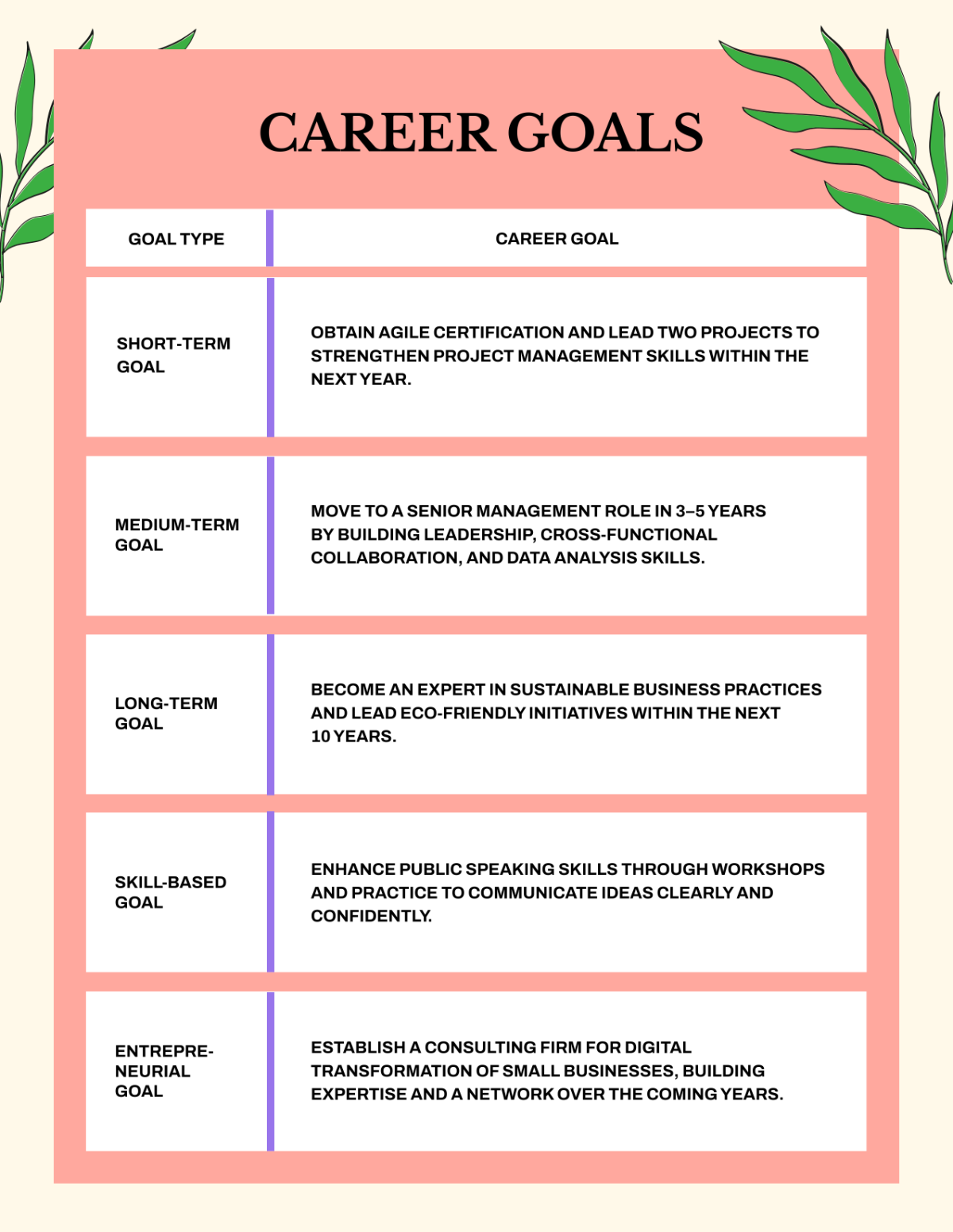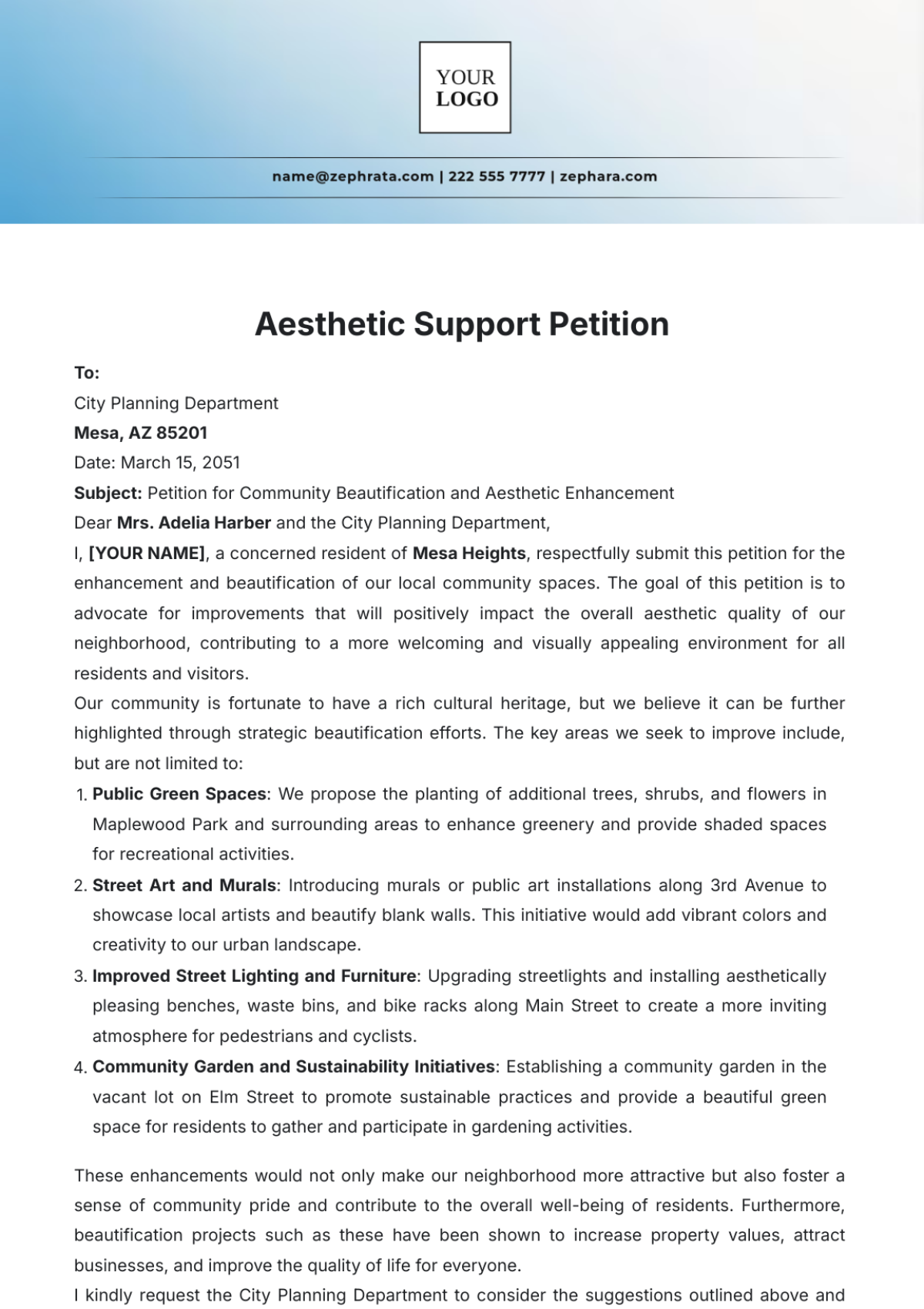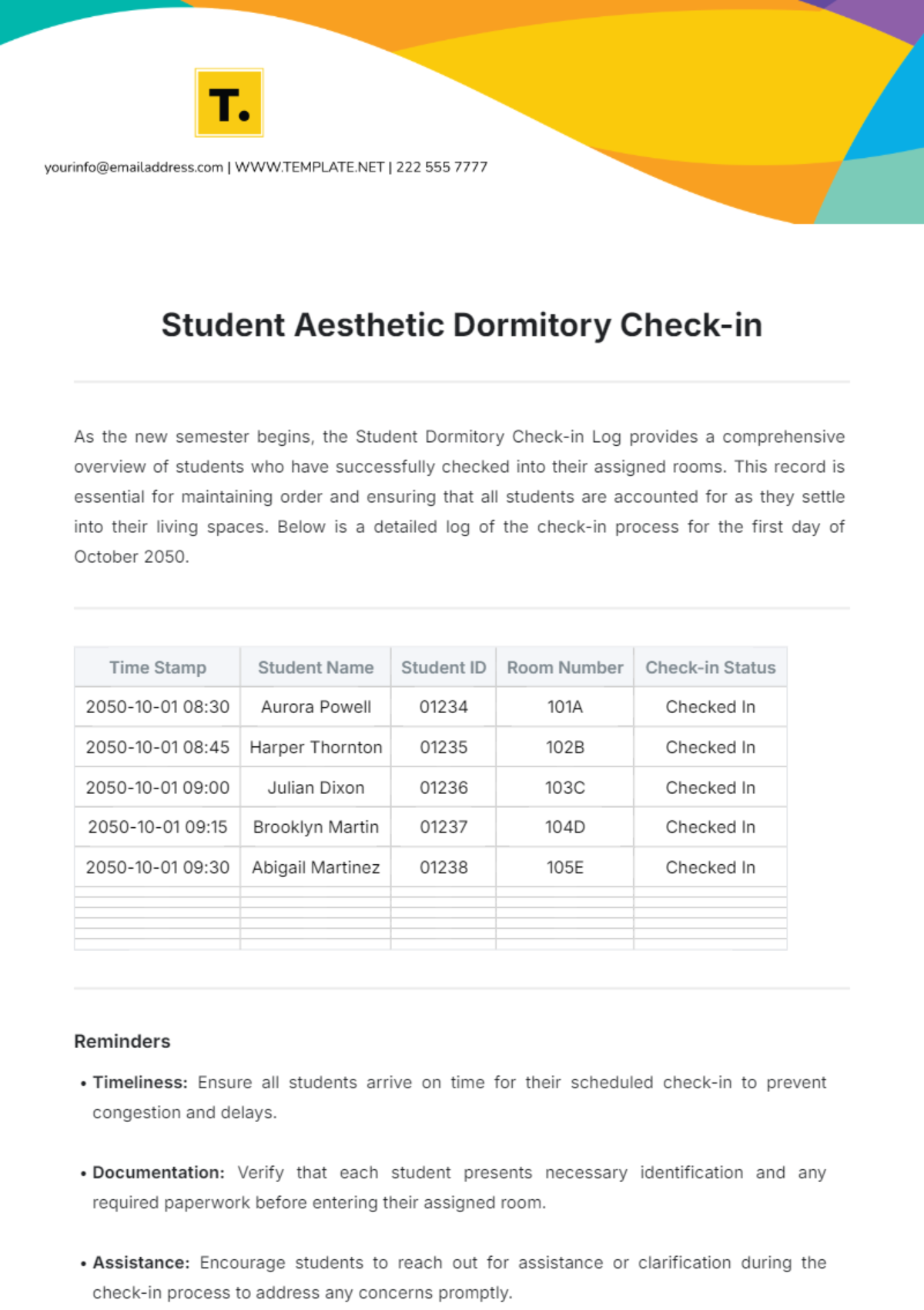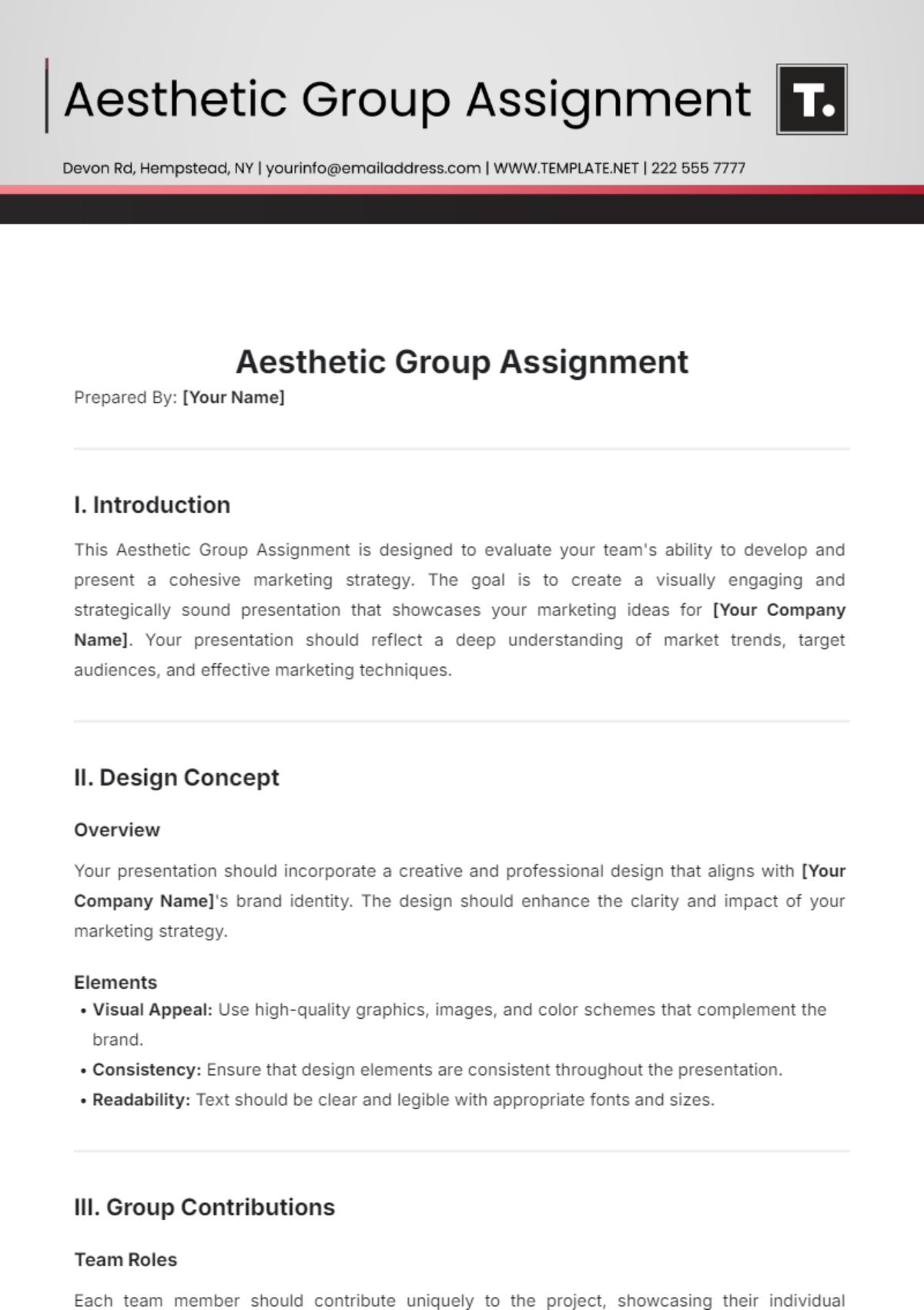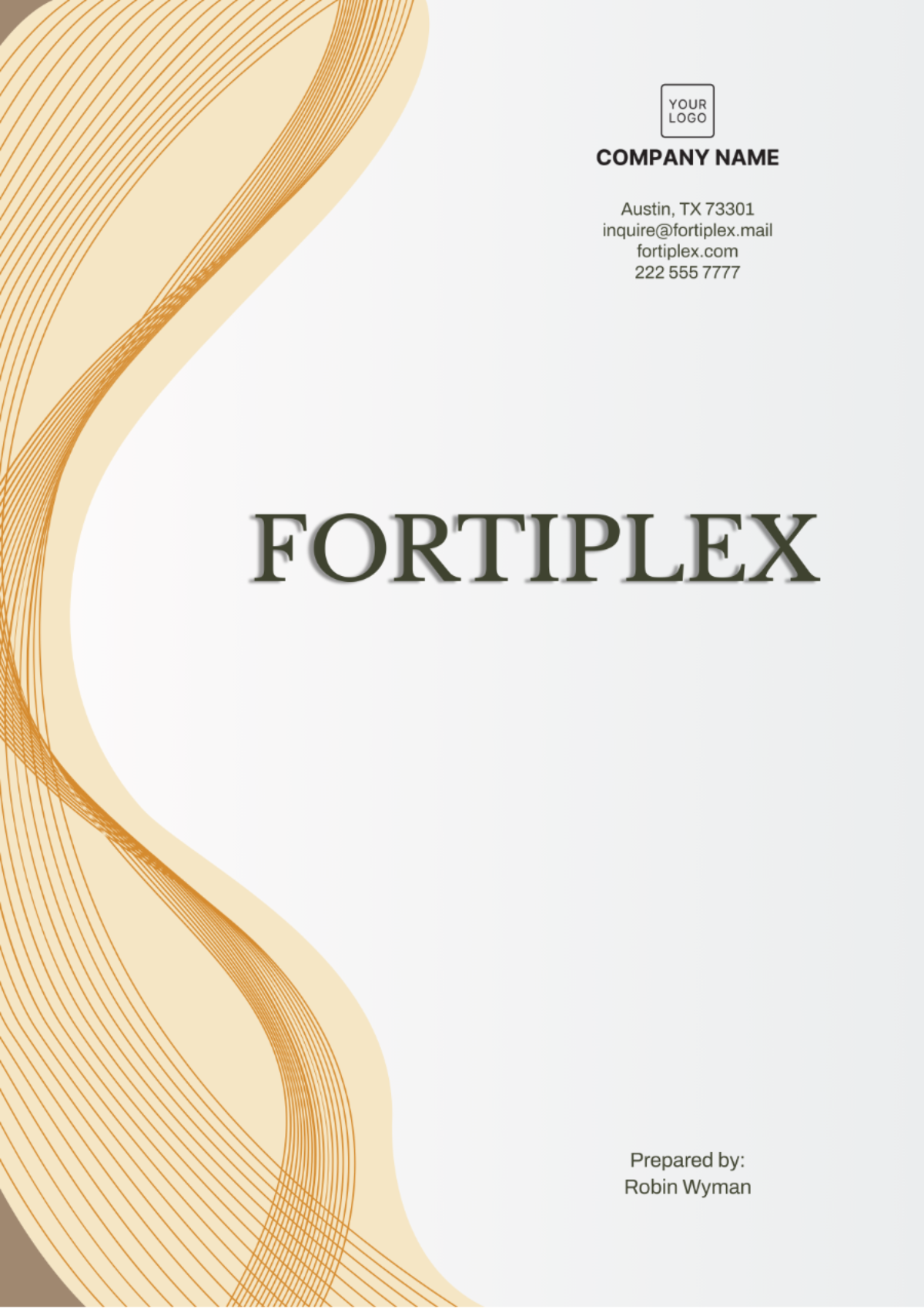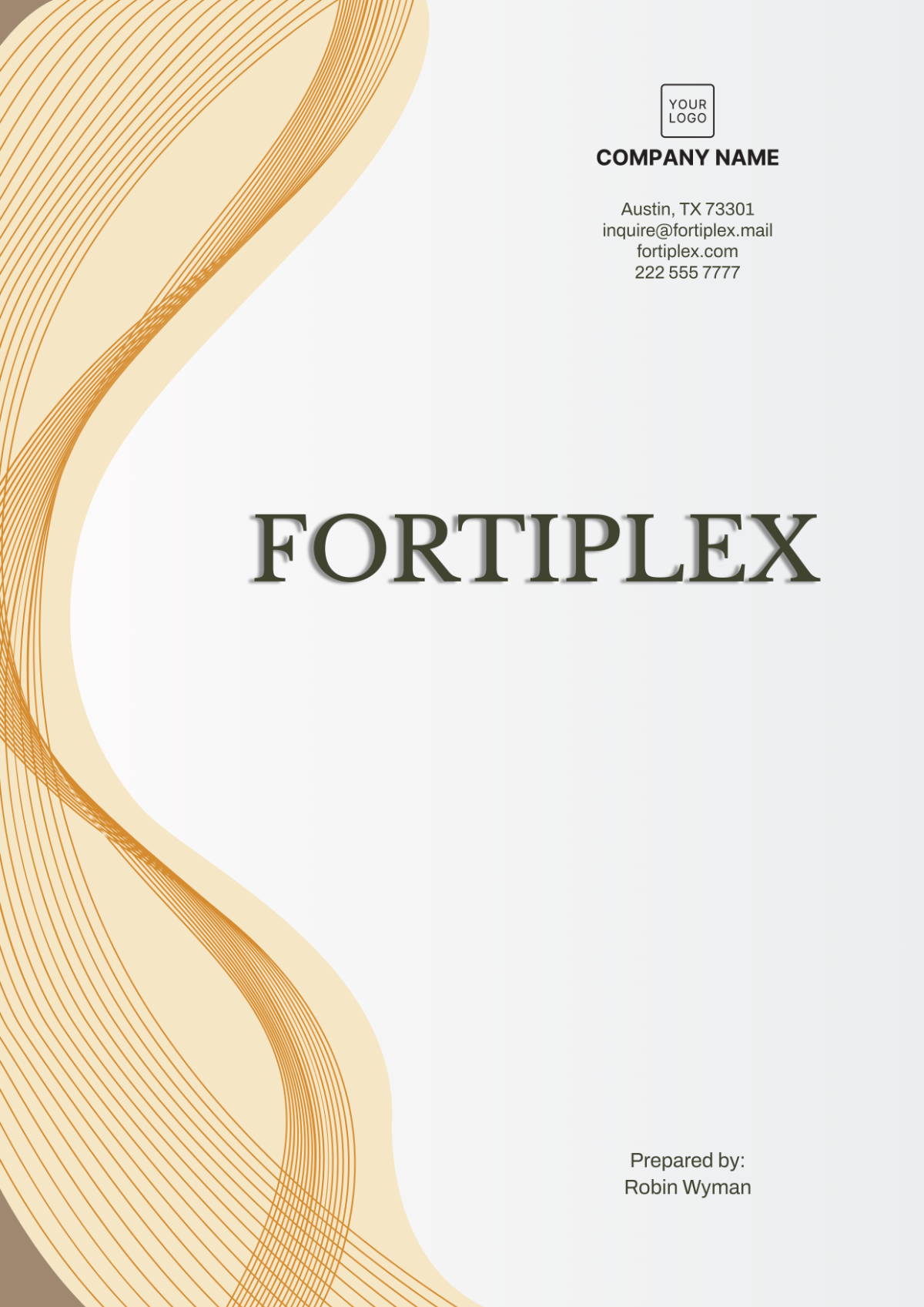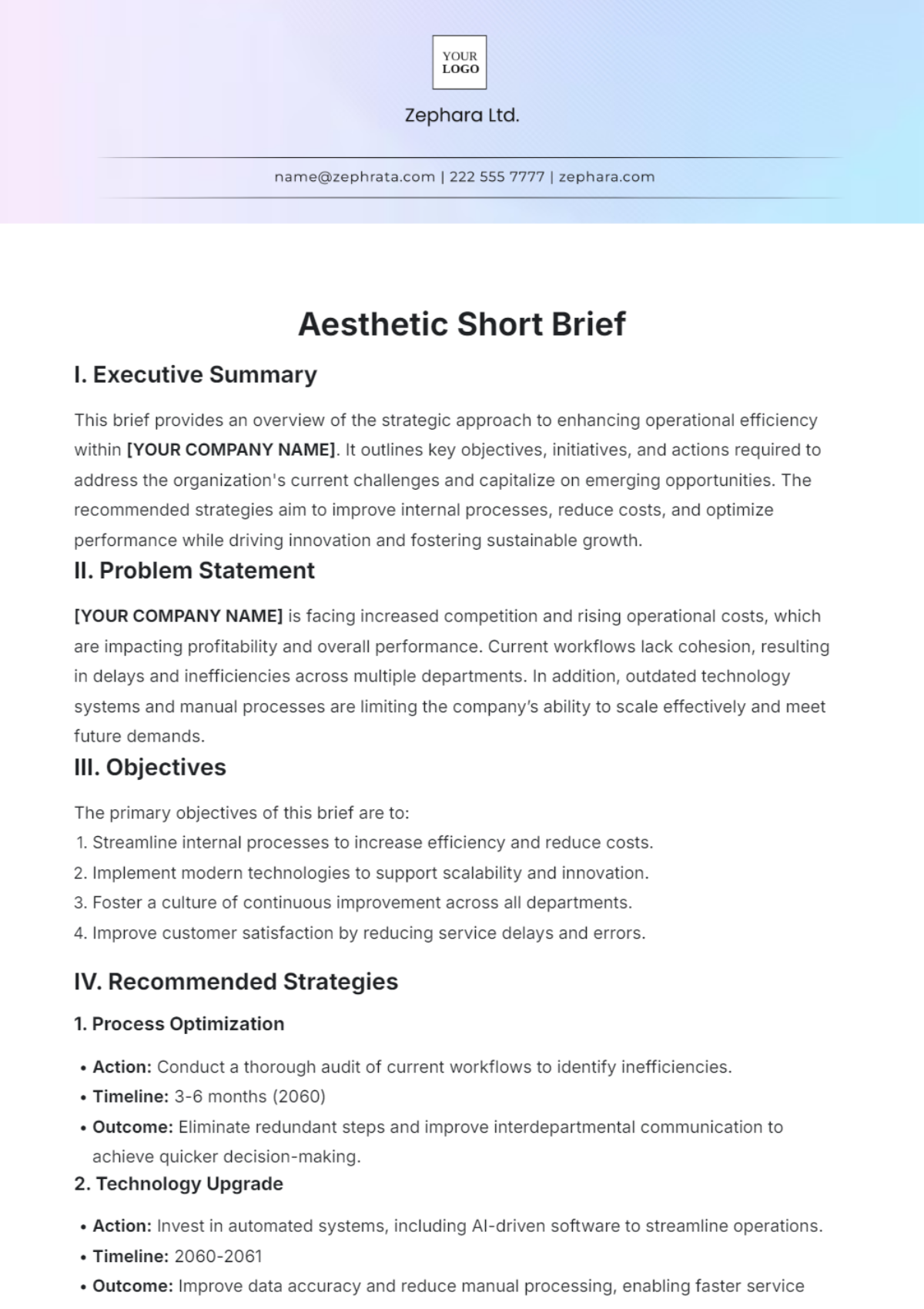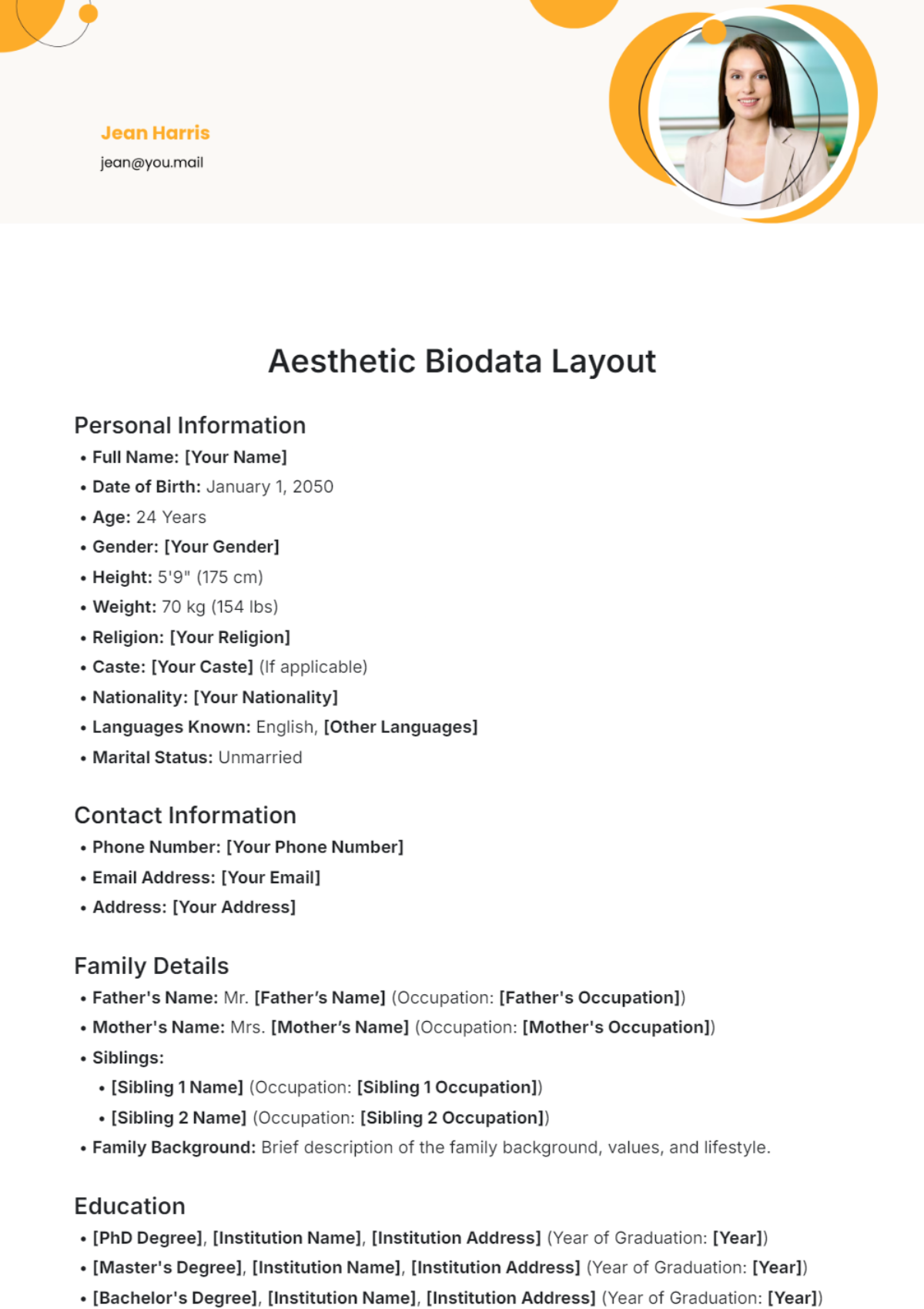Aesthetic SBAR for Students
I. Situation
Overview: In the year 2050, student engagement and educational efficacy are vital to the future success of academia. The landscape of learning is evolving, influenced by technological advancements and changing student needs. [Your Company Name] aims to address these dynamics through innovative solutions.
II. Background
Context: With rapid advancements in digital tools and shifts in pedagogical approaches, students now encounter a variety of learning environments. [Your Company Name] has conducted extensive research on these changes and identified key areas for improvement to enhance student engagement and performance.
III. Assessment
Analysis:
Key Findings | Details |
|---|---|
Technological Integration | The majority of students prefer interactive and immersive digital tools. |
Learning Preferences | Students exhibit a stronger preference for personalized learning paths and adaptive content. |
Engagement Levels | Engagement is significantly higher in environments that incorporate gamification elements. |
Summary: The data indicates that students thrive in environments where technology is seamlessly integrated, learning experiences are personalized, and engagement is fostered through innovative methods.
IV. Recommendation
Proposed Action:
Implement Adaptive Learning Technologies: Introduce platforms that personalize educational content based on individual student needs.
Enhance Digital Tools: Incorporate interactive and gamified elements into the curriculum to boost engagement.
Continuous Feedback Mechanism: Develop a system for ongoing feedback to adjust learning strategies in real-time.
Outcome: By adopting these recommendations, [Your Company Name] will improve student satisfaction and learning outcomes, paving the way for a more dynamic educational experience.
Prepared by: [Your Name]



